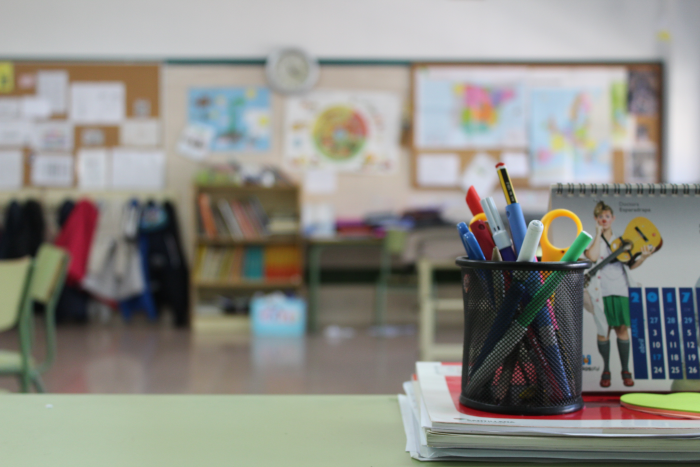5 generic strategies for effective classroom learning

This last week, I commented on a post on LinkedIn, By Dr Karen Morley, a leadership coach and author. Karen uses evidence-based strategies for coaching leaders, peer-based coaching and including leadership.
That’s a wonderful common goal that we both have – using strategies that are proven in evidence-based research – Dr Karen’s in coaching and leadership research - mine in instruction and special education research for interventions that work!
I’ve also found that she’s published her latest book, FlexAbility, in response to the pandemic – something else she and I have in common. This book supports people to rebuild their lives in different ways, and go forward and you can download the first chapter free on the book link on her website if this is of interest?
Dr Karen’s post inspired me because of the commonalities we share in our approaches even though we work in different contexts. For example, especially being “explicit”, supporting people through caring, safe settings and focusing on positive progress as motivation.
With Dr Karen’s permission, I’ve adapted her post – titled, “10 ways to detoxify your workplace and help people experience their ideal days” to create a shorter list that I think is more appropriate for classroom teachers working with young students, in primary/elementary grades.
My post, in the title of this blogpost, is: “5 generic strategies for effective classroom learning”
- Teacher Voice: Make learning explicit – tell your students in clear language what the lesson goals are for the class and for individual students, and that you want to see “their best work” every lesson.
- Student Voice: Ask students what they think and give them choices in their learning. Even if the options for choices are both classroom activities, giving students ownership improves learning.
- Classroom Culture: Show all students they are safe, cared for and included in your classroom - through everything you do as a teacher and as a class, create a positive learning environment.
- Inclusive Approach: Regardless of age, race, culture or any additional needs, try to ensure learning activities are inclusive - adjust lessons & materials to meet students’ diverse needs.
- Clear Communication: Tell students how much they’ve learned and improved frequently - daily if possible. Nothing motivates more than successful learning!
I think these 5 strategies align well with Karen’s post, are supported by evidence-based research about learning and would make a difference in your classroom. Feel free to give me feedback on what you think - email me on gailbrown@designedlearning.com.au or comment on LinkedIn or Facebook?
Categories
- evidence-based (5)
- learning (14)
- literacy and numeracy (8)
- oral language (3)
- oral reading fluency (2)
- parent child reading (2)
- reading expression (0)
- silent reading fluency (0)
- talking and listening (4)
- teacher learning (4)
- well being (1)
Recent Posts
Archives
- April 2024 (1)
- July 2022 (1)
- June 2022 (1)
- May 2022 (2)
- April 2022 (1)
- March 2022 (4)
- February 2022 (4)
- January 2022 (2)
- December 2021 (1)
- November 2021 (1)
- October 2021 (2)
- September 2021 (1)
- August 2021 (3)
- July 2021 (3)
- April 2021 (1)
- March 2021 (4)
- May 2020 (1)
- February 2020 (1)

0 Posted Comments
Post a Comment